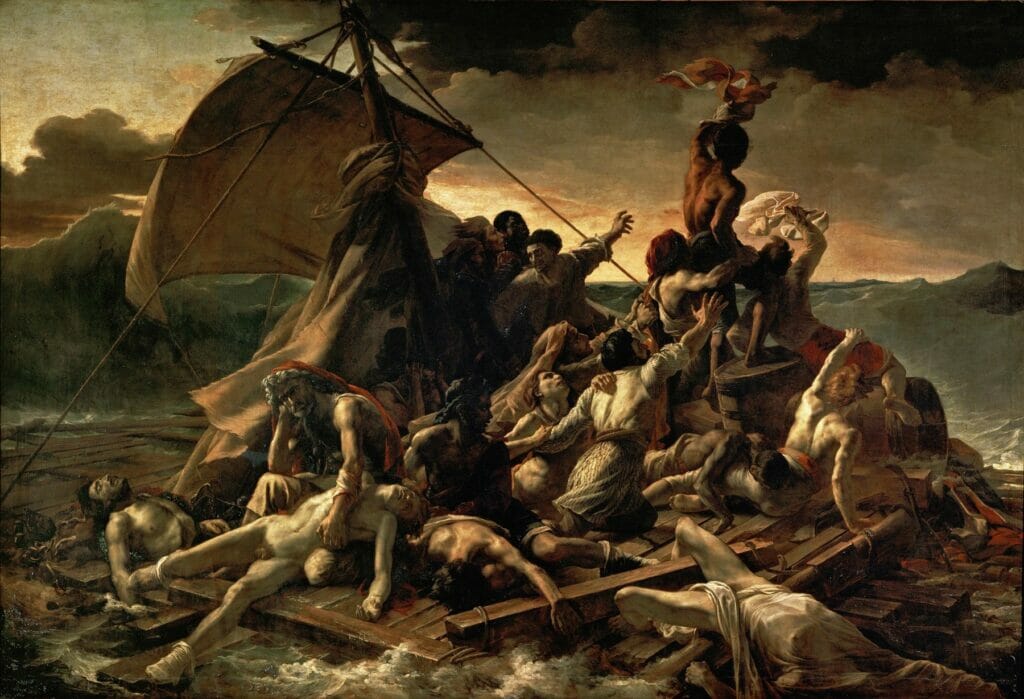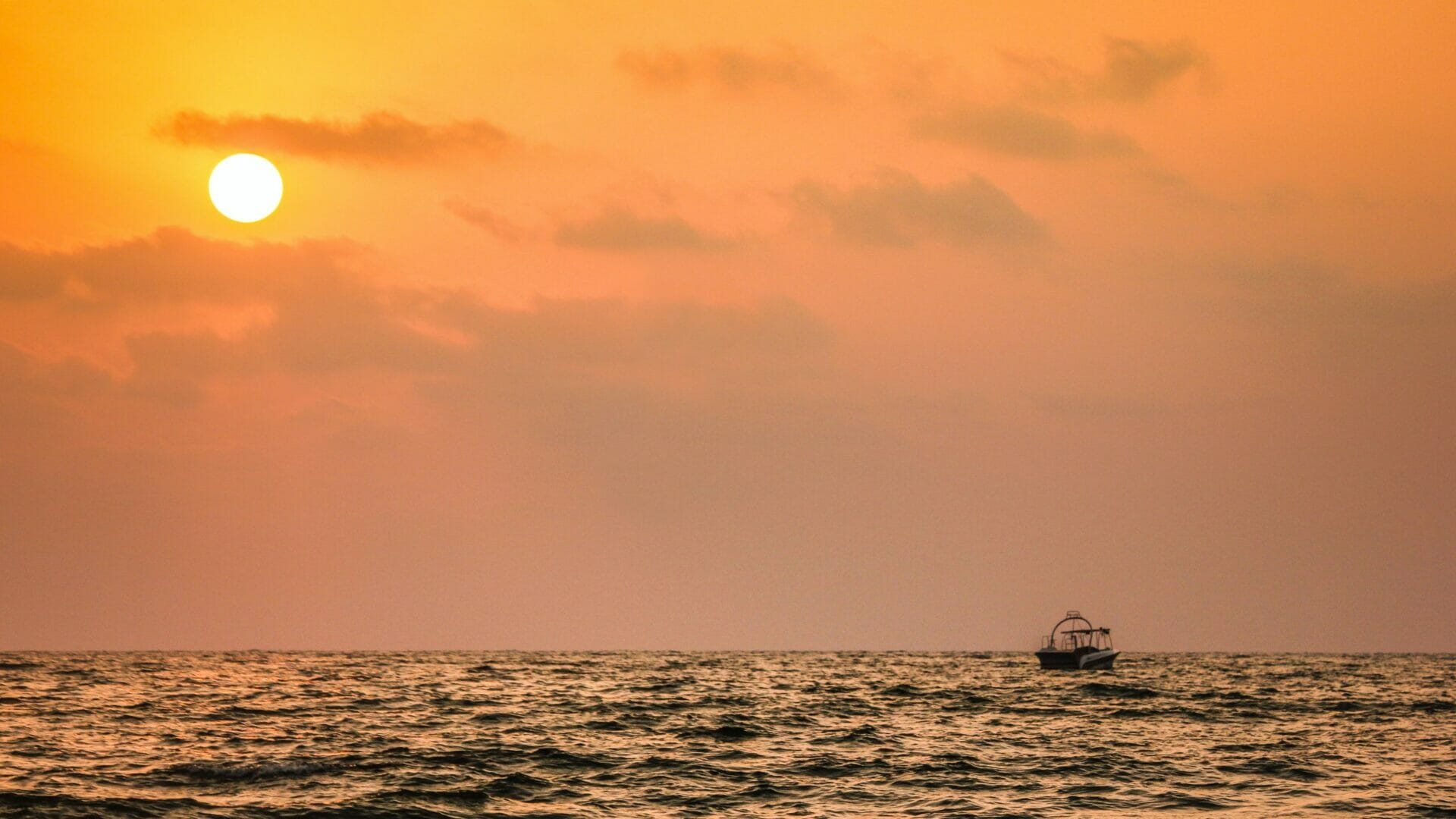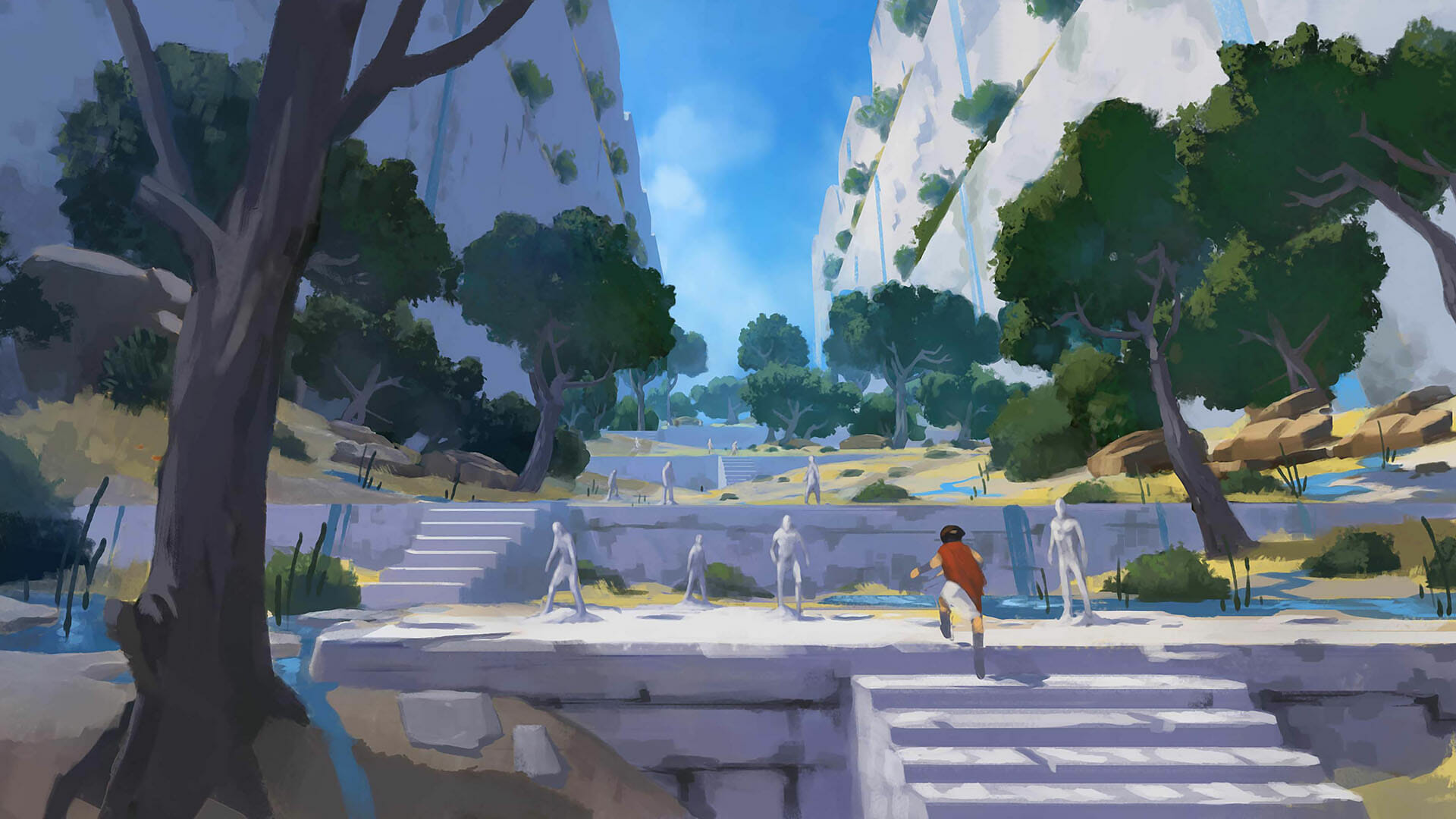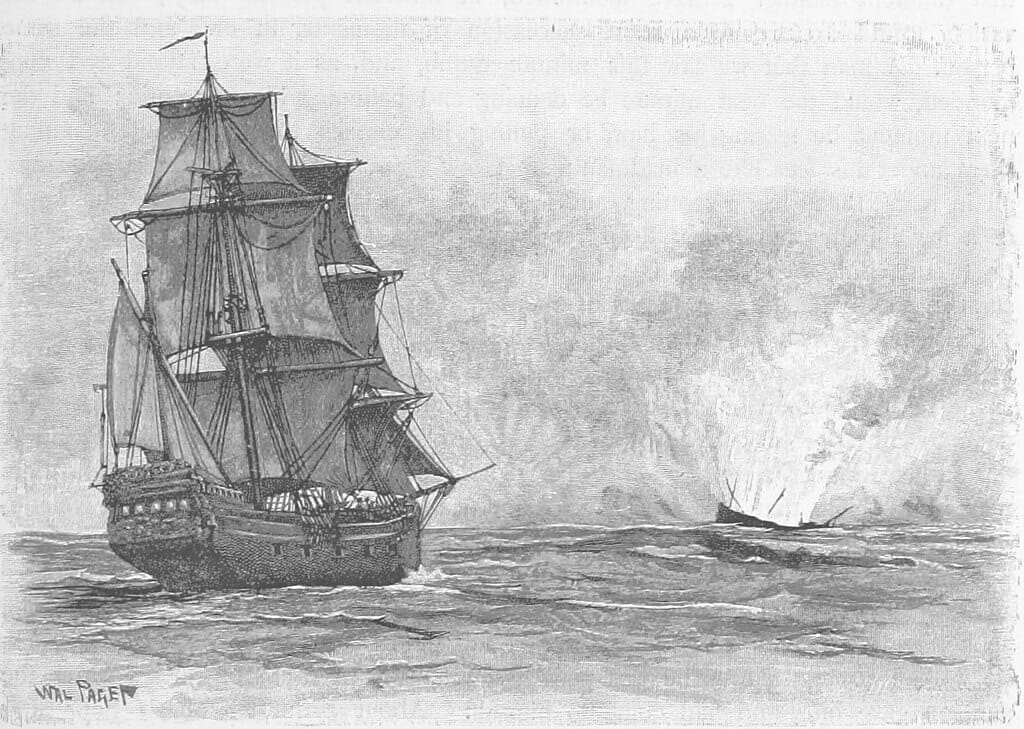
Shipwreck off a Rocky Coast | Artistic Vision of the humanitarian issue
Artist
Year
Country
Format
Location of the visited exhibition
Material/Technique
Dimensions
The artistic hand of the 19th-century Dutch painter Wijnand Nuijen created sensational landscapes. The son of a baker from The Hague, apprenticed as an artist aged twelve, he died aged twenty-six in 1839, yet in his short working life painted numerous land and seascapes, sparking comparisons between him and such masters of light and European Romanticism as William Mallord Turner and Richard Parkes Bonnington. There are many painters who, through plays of contrasts and colors, imprinted the majesty surrounding humankind on canvas. Influenced by his long-standing French colleagues, his production combines drama and peace. Nuijen’s themes often refer to historical events in his homeland. The critics accused him of a daring use of colors, yet he focused more on the striking effect of the work than on the subject itself.
In Shipwreck off a Rocky Coast, painted in 1837, the use of light is the vector through which the subject is interpreted. A shy sun among the clouds illuminates the survivors on dry land as if to comfort them. In the background, still at the mercy of the sea, the sinking ship can be glimpsed, barely reached by the light. This painting is a perfect example of man’s powerlessness against Mother Nature.

The shipwreck, an ongoing tragedy
The use of color in Nuijen’s Shipwreck is similar to William Turner‘s watercolors. The English artist had the nickname of the painter of light because he was able to exalt it in all its forms. He made the concept of the sublime his own: a feeling of terror and wonder nature unleashes in man. Turner, in fact, never hid his taste for tragedy, which he also takes up in The Shipwreck of Hope. A much more evocative title, compared to Nuijen’s that lets the deep meaning of the work shine through, far beyond what is perceived through mere observation. Sheets of ice impetuously overlap, leaving no escape for a vessel venturing into the glacial meanders.
One of the most significant artistic representations of a shipwreck is The Raft of the Medusa by Théodore Géricault. He was a French painter known for his theatricality and his taste for the horrid. The painting refers to a precise historical event: in 1816, a French frigate called Méduse wrecked off the coast of Mauritania. It was heading towards Senegal together with three other ships but broke away from them at an increased speed. The event cost the French court a scandal, as they published months later the account of a doctor who survived the tragedy. It dealt with how the climate of overwhelming despair led the shipwrecked people to cannibalism and suicide. Géricault studied post-mortem rigidity and storm development at length to be as accurate as possible in his work.

A contemporary view
At this moment in history, the sublime no longer exists, but in the eyes of those who decide to leave their lands, terror remains, albeit with a heart full of hope and the knowledge that the chances of reaching new shores are rare. Migration has characterized world history since ancient times and modern societies have developed thanks to it. In this era, the subject of the work would be the same, but instead of a wooden ship, there would be a dinghy or a makeshift boat. Almost every day, newspapers carry reports of people missing at sea. In February 2023, a shipwreck occurred on the Italian coast in Cutro, and months later, victims were still being found. In June 2023, hundreds of people died when an overcrowded trawler sunk in Greek waters, carrying migrants from Turkey to Italy.
Some months later the same year, a boat from Libya sank near Greece in June. At least 78 people died in the shipwreck; even then, authorities estimate that hundreds are missing.
New era, different kind of language
Setting out on a journey toward freedom and hope is a theme present in many works.
In 2021, DigixArt released Road 96, a video game set in the dreamlike atmosphere of the 1990s. It takes the form of interactive travel literature, in which the protagonists want to leave their homeland, which has fallen to a totalitarian regime, in the hope of escaping to a better world. The video game simulates the escape experience in the first person, playing the role of a missing boy.
The video game’s outcome falls to the player’s choices, creating a new episode each time, and a shipwreck is one of the possible endings. Like two centuries ago, nature continues to be impetuous, but migration policies can play a fundamental role in order that this situation doesn’t become a humanitarian odyssey.
Tag
Buy a ☕ for Hypercritic











